What are the best fantasy epics like The Lord of the Rings?
If you've journeyed through Middle-earth and are craving more epic quests, vast landscapes, and heroic tales, you're in luck. The world of fantasy cinema offers other realms waiting to be explored.
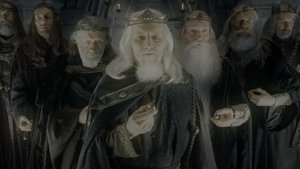
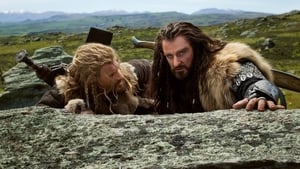
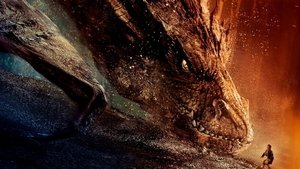
Stepping into a cinematic fantasy epic after experiencing the grandeur of The Lord of the Rings can feel like a daunting task – where do you go when you've already visited the peak of the genre? The magic of films like LOTR lies not just in their sprawling narratives and breathtaking visuals, but in their ability to transport you entirely to another world, complete with its own history, languages, and complex cultures. These are stories built on foundational myths and legends, often involving a fellowship of disparate heroes facing insurmountable odds against a dark power. They require massive scale, intricate world-building that makes the fantastical feel real, and characters you genuinely care about.
Finding movies that capture that same sense of adventure, deep lore, and emotional resonance is the goal for any fan seeking their next escape. While few films achieve the exact same monumental impact as Peter Jackson's Middle-earth saga, there are other journeys that offer similar thrills, whether through magical academies, ancient prophecies, or quests across perilous lands. The best of these manage to create universes that feel lived-in and expansive, inviting repeated viewing and deep dives into their lore, proving that the spirit of epic fantasy lives on beyond the Misty Mountains.
14. Harry Potter and the Deathly Hallows: Part 2 (2011)
The final chapter arrives with Harry Potter and the Deathly Hallows: Part 2. This film is a non-stop thrilling ride, primarily set during the Battle of Hogwarts, where the forces of good and evil clash in a spectacular and emotional confrontation. It brings together years of character arcs and plot threads, providing satisfying conclusions for many beloved characters. The visual effects are at their peak, depicting the destruction of the castle and powerful duels between wizards. It's a fittingly epic and poignant end to a saga that captured the imaginations of a generation, delivering on the promise of a magical adventure.
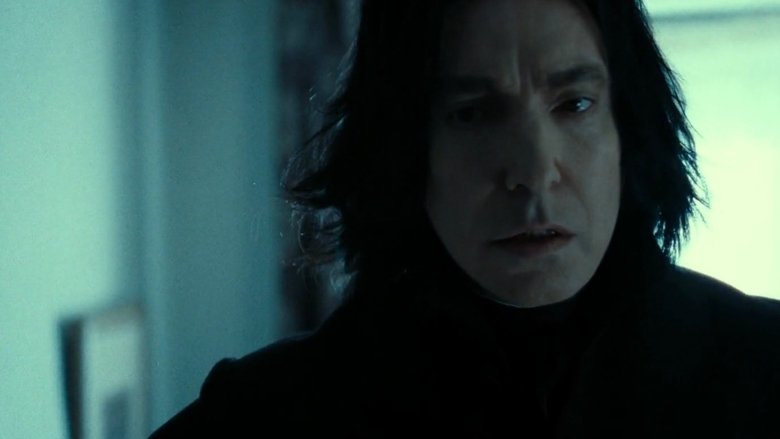
13. Harry Potter and the Deathly Hallows: Part 1 (2010)
Breaking from the tradition of one book per movie, Harry Potter and the Deathly Hallows: Part 1 begins the epic conclusion by sending Harry, Ron, and Hermione on a desperate quest outside the safety of Hogwarts. This film is a road movie of sorts, focusing on the trio's isolation, the strain on their friendship, and their hunt for Horcruxes. It captures the bleakness of a world under Voldemort's control, where danger lurks everywhere. The animation sequence explaining the Tale of the Three Brothers is a visually distinct and beautiful moment within the film, illustrating a crucial piece of wizarding lore.

12. Harry Potter and the Half-Blood Prince (2009)
As the war against Voldemort intensifies, Harry Potter and the Half-Blood Prince delves into the Dark Lord's past through shared memories with Dumbledore. This film has a slightly different feel, balancing the looming darkness with character development and teenage romance among the main trio and their friends. The cinematography is notably moodier, reflecting the somber tone of the story. It spends significant time uncovering clues about Horcruxes, objects containing fragments of Voldemort's soul, which become central to defeating him. The film culminates in a tragic event that propels Harry towards his final confrontation.

11. Harry Potter and the Order of the Phoenix (2007)
Harry Potter and the Order of the Phoenix sees the wizarding world grappling with the return of its greatest threat, while the Ministry of Magic remains in denial. This film introduces the wonderfully detestable Dolores Umbridge, played with chilling sweetness by Imelda Staunton, whose oppressive presence at Hogwarts makes life miserable for students and staff. Directed by David Yates, who would go on to direct all subsequent films, it explores themes of governmental control, rebellion, and the psychological toll Harry's experiences are taking. The formation of Dumbledore's Army is a key element, showing the students taking matters into their own hands.

10. Harry Potter and the Goblet of Fire (2005)
The stakes are raised considerably in Harry Potter and the Goblet of Fire, as Hogwarts hosts the dangerous Triwizard Tournament. This film marks a clear transition into the more mature and perilous themes that will dominate the later installments. Directed by Mike Newell, it successfully brings the spectacle of the tournament to life with thrilling challenges involving dragons, merpeople, and a treacherous maze. The introduction of schools like Beauxbatons and Durmstrang expands the wizarding world beyond Britain, and the film culminates in a pivotal, darker confrontation that changes everything for Harry and his friends.
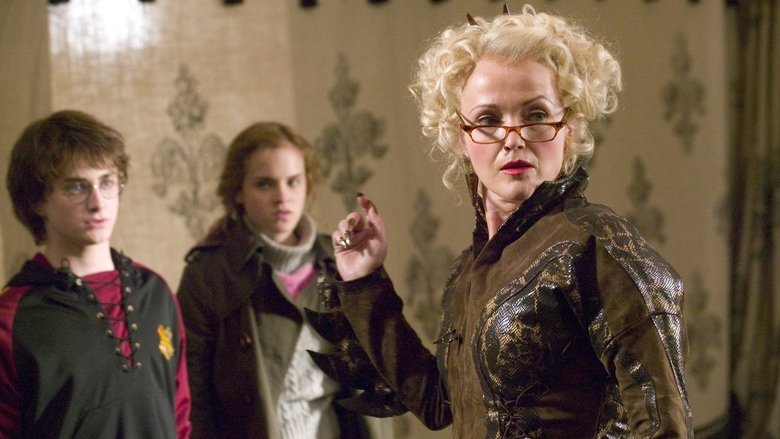
9. Harry Potter and the Prisoner of Azkaban (2004)
A significant shift occurs with Harry Potter and the Prisoner of Azkaban, directed by Alfonso Cuarón. This film is widely praised for its darker tone, more sophisticated visual style, and complex narrative structure. Cuarón brought a fresh perspective, encouraging the young cast to wear their characters' everyday clothes more often and incorporating more dynamic camera work. We meet Sirius Black, a mysterious escapee from the wizarding prison Azkaban, and are introduced to the Dementors, chilling guardians that feed on happiness. The time-turner sequence is a clever narrative device that adds a unique twist to the plot.
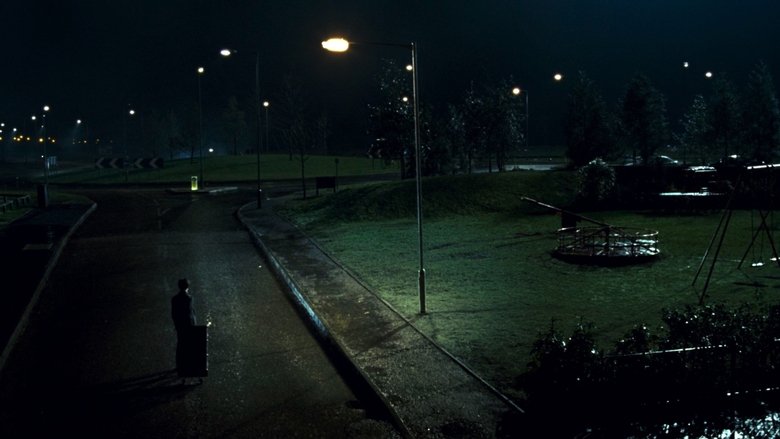
8. Harry Potter and the Chamber of Secrets (2002)
Returning for their second year, the trio faces a new mystery in Harry Potter and the Chamber of Secrets. This film delves deeper into the darker aspects of Hogwarts' history and introduces key elements like the Polyjuice Potion and the concept of Muggle-born prejudice within the wizarding world. Kenneth Branagh is a fantastic addition as the vain and incompetent Gilderoy Lockhart. The film retains the bright, adventurous tone of the first movie while slightly upping the stakes, featuring giant spiders, a rogue house-elf named Dobby (a CGI creation that proved quite challenging to animate realistically at the time), and a giant snake lurking beneath the school.

7. Harry Potter and the Philosopher's Stone (2001)
Step into the world of magic with Harry Potter and the Philosopher's Stone (or Sorcerer's Stone in some regions!). This is where it all begins, introducing us to the orphaned boy who discovers he's a wizard and is invited to attend Hogwarts School of Witchcraft and Wizardry. Directed by Chris Columbus, the film captures the wonder and innocence of the first book, establishing the iconic look and feel of the magical world. The casting of Daniel Radcliffe, Rupert Grint, and Emma Watson as the central trio felt pitch-perfect from the start, and seeing beloved characters like Hagrid, Dumbledore, and Snape come to life was a thrill for fans worldwide.

6. The Hobbit: The Battle of the Five Armies (2014)
Bringing The Hobbit story to its close, The Battle of the Five Armies delivers exactly what the title promises: a massive, extended confrontation. The film focuses heavily on the conflict over the treasure of Erebor and the various factions converging on the Lonely Mountain. While perhaps the least character-focused of the six Middle-earth films, it offers plenty of large-scale fantasy warfare and concludes the journey of Bilbo, Thorin, and the dwarves. The visual effects remain top-notch, depicting sprawling armies and epic duels as the fate of Erebor and Dale is decided.

5. The Hobbit: The Desolation of Smaug (2013)
The middle chapter of The Hobbit trilogy, The Desolation of Smaug, ramps up the action and introduces some significant deviations from Tolkien's novel, most notably the inclusion of Tauriel, a new Elven character. The barrel sequence is a thrilling highlight, showcasing incredible choreography and visual effects. Benedict Cumberbatch provides the chilling voice and motion capture for the dragon Smaug, bringing the terrifying creature to life with palpable menace. This film delves deeper into the politics of Middle-earth and pushes Bilbo further into his role as a burglar, setting the stage for a massive confrontation.

4. The Hobbit: An Unexpected Journey (2012)
Returning to Middle-earth, The Hobbit: An Unexpected Journey takes us back in time to Bilbo Baggins's reluctant adventure. While visually stunning, benefiting from the advancements made during the LOTR trilogy, this film also pioneered the use of High Frame Rate (HFR) technology, shooting at 48 frames per second instead of the standard 24. This gave the motion a different look that sparked much debate among filmgoers. Martin Freeman is perfectly cast as the younger Bilbo, capturing his initial reluctance and growing bravery. It's a lighter, more whimsical start compared to LOTR, focusing on a smaller scale quest with a band of thirteen dwarves.

3. The Lord of the Rings: The Fellowship of the Ring (2001)
The journey begins here! The Fellowship of the Ring is the perfect introduction to the vast and intricate world created by J.R.R. Tolkien. Peter Jackson and his team meticulously brought the Shire, Rivendell, and the Mines of Moria to life with an incredible eye for detail and practical effects. Did you know Viggo Mortensen, who played Aragorn, insisted on using a real steel sword throughout filming and even slept with it? That dedication shines through in the authenticity of the performances. This film establishes the core themes of friendship, courage, and the burden of responsibility, setting the stage for one of cinema's greatest fantasy epics.

2. The Lord of the Rings: The Two Towers (2002)
Picking up the pace after the first film, The Two Towers expands the scope of Middle-earth dramatically. We see the stark contrast between the lush forests of Lothlórien and the desolate plains of Rohan, not to mention the grim industrial landscape of Isengard. This film introduces iconic characters like Gollum, a marvel of early motion-capture technology performance by Andy Serkis that set a new standard. The Battle of Helm's Deep is an absolute masterclass in large-scale action sequences, a relentless and visually stunning set piece that took months to film in challenging conditions. It brilliantly balances multiple storylines, pushing the heroes towards their individual destinies.

1. The Lord of the Rings: The Return of the King (2003)
The epic conclusion to Peter Jackson's groundbreaking trilogy, The Return of the King delivers on all fronts. This film famously swept the Academy Awards, winning all 11 categories it was nominated for, tying the record for most wins with Ben-Hur and Titanic. The scale of the battles, particularly the siege of Gondor, is breathtaking, utilizing thousands of digital characters thanks to the pioneering MASSIVE software developed by Weta Digital. Howard Shore's score reaches its emotional peak, perfectly complementing the intertwined fates of Frodo, Sam, Aragorn, and the rest of the fellowship. It's a truly monumental achievement in fantasy filmmaking that solidified Middle-earth's place in cinematic history.

